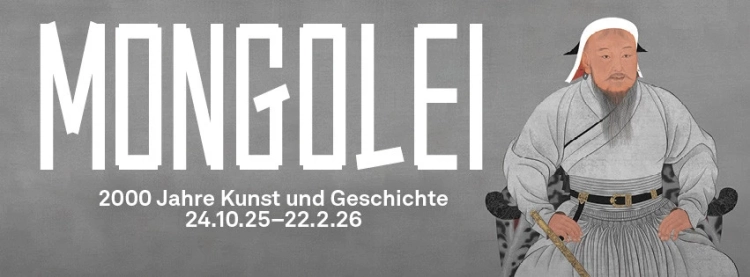Writer Thomas Witlam Atkinson traveled through Central Asia in the mid-19th century. Throughout his journey, he made sketches of nature, local inhabitants, and everyday life.
The sketches are taken from an archive consisting of 12 million photographs, paintings, and graphic images — the database was created in July of this year by the American magazine American Academic.
The entire archive is hosted on the digital image storage service Flickr — these paintings and photographs depict the last 500 years of human history.
Thomas Witlam Atkinson traveled through Central Asia, Eastern Europe, and Russia in the mid-19th century.
He described his journey in the book "Eastern and Western Siberia; A Narrative of Seven Years' Exploration and Adventure in Siberia, Mongolia, the Kyrgyz Steppe, China, and Parts of Central Asia."
His first sketches of the Kyrgyz from the 1850s appeared in this same book.
The captions to the sketches include excerpts from Atkinson's book:
“We turned westward in search of the aul of Sultan Bek — the largest and healthiest Kyrgyz in the steppe. He owns ten thousand horses, camels, cattle, and sheep — all proportionately in this vast herd.”
“We found his aul late in the evening. We probably disturbed him greatly, which put him in a rage, and that is likely why he sent us a sheep that was very ill. We immediately returned the sheep with apologies and informed him that we do not eat that much food. Furthermore, we asked him to be informed that we do not require anything from him.”

“[...] We and our horses were quite tired. We were very glad when we came across the felt dwellings (yurts). Mahomed and the Cossack who were with us began to worry seriously about our safety.”
“The yurt was cleared by its inhabitants in a matter of minutes while we changed into dry shirts, over which we put on coats and wrapped a scarf around our waists. I changed into dry boots and sat down to drink tea. But before that, I poured a glass of rum for each of my companions.”
“[...] No one except the Kyrgyz horses could have passed along this broken and twisted path, and no horse could descend it. We ascended slowly, and eventually reached the summit without incident. I was very worried that the horses' hooves might get stuck between the stones.”
“[...] Near Sultan Bek were three of his hunter bodyguards, holding rifles, and around us were another twenty Kyrgyz dressed in bright colored robes. More than half of them were armed with battle axes. We looked like a group of savages from whom most people would prefer to keep their distance.”
“The river here flows through a deep channel running along the base of very steep cliffs. In some parts, the cliffs rise much higher above the water level, and so steep that it is impossible to climb them. Many sections of our route were encountered where it was impossible to land on either side of the river, and the current of the water between the rocks became faster.”
“Before lunch, while we were changing horses, I made a sketch of the scene unfolding on the Chinese side of the Irtysh. A group of Kyrgyz with a bottle for kumys in hand. Charming. After I finished drawing, we moved on accompanied by two Kyrgyz, horses, and luggage.”
“We moved quickly through the steppe and after an hour and a half arrived at a place with an excellent view of the Monastery Mountains. I also sketched this, after which we set off again in search of the aul of Mahomed.”


















































